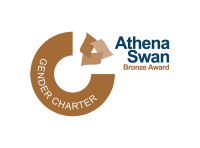
This paper outlines a transferable approach to studying hillfort communities, using Samnite society (first millennium BCE) as a case study. It integrates a range of spatial and non-spatial computational methods, and combines both qualitative and quantitative data, to address long-standing debates on the nature of these sites and the societies that constructed them. LiDAR-based remote sensing is used to create a new, more representative dataset of hillfort sites across 15,300 sq.km of south-central Italy. Spatial and multivariate cluster analyses and a novel labour-cost model of polygonal masonry can then be used to investigate labour costs and site types. Finally, point process models highlight site location preferences and clustering. In combination, such techniques and fresh evidence shed new light on the non-urban character of Samnite society and its resilience under Roman expansion. The overall approach is also replicable and suitable for cross-regional and cross-cultural analysis of hillfort communities, entirely written in Python and R and subsequently integrated in Quarto. This paper focuses on the limits, potentials and transferability of the computational strategies adopted and how they could be used to test the occurrence of the same organisational models in different non-urban societies.
Learn more about Giacomo Fontana here.

